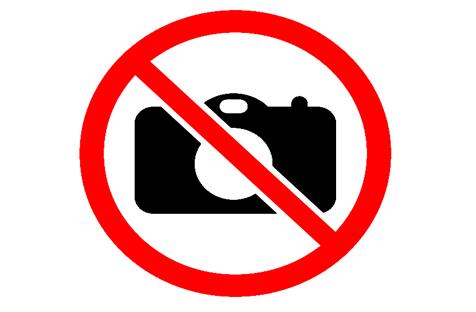No cash, no photo is the dictum for a new genre of artists who are turning their body into canvases.
In a world where fashion trends grow more extreme each day it can be hard to make an impact. Piercings and tattoos that would have once shocked even the most open-minded individual, nowadays barely raise the eyebrow of a twelve year old.
Luckily, as fashions grow more daring so do body modification procedures. There are microdermal, subdermal and transdermal implants that allow objects to go over and under the skin, and even be implanted into your skull. There is tongue splitting, eyeball tattooing, extraocular implants (eyeball jewellery), elvish ear-shaping, 3D implants, and magnetic implants that allow you to attract metal with the wave of a hand. There are even breast implants for your tattoos.
The possibilities to stretch, colour, reshape and mutate the human form have inspired a number of people to experiment with their own bodies, transforming the skin they’re in to a living work of art.
As the potentials of body modification expand, the culture around it has similarly grown. An increasing number of people are lining up for procedures, making it a popular choice for modified people to become practitioners. It is rare to see someone working in a tattoo parlour or a piercing shop with virgin skin.
Samppa von Cyborg is a Finnish body modification artist and owner of Mad Max tattoo and piercing. He also performs surgical modification work and is one of the frontrunners in techniques such as flesh stapling and magnetic implants. Setting himself up as a piercer and tattooist in the 90s, Cyborg runs a busy and experimental trade, with many of the procedures he offers visible on his own body.
Steve Haworth, known as the ‘godfather of body mod’, can also be found in parlours and clinics across the globe. Haworth is responsible for making subdermal and transdermal implants popular and is the innovator behind electrosurgery branding and other processes. He has also modified his body, though not as immediately obvious as Cyborg’s, with scarification and a neodymium magnet in his fingertip.
Both have made successful careers transforming others into creative products of surgery and procedure.
Yet not everyone has the aptitude to work as a body modification artist. An alternative is to become a performance artist and trade off appearances. By creating or joining a performance group, modified individuals can show off the extent of their procedures and make money.
Acts of pain are often part of these modern day freak shows.
Samppa von Psycho formed a group called the Psycho Cyborgs in 2005. Consisting of four performers the troupe use piercing techniques and power tools in a hardcore display that is not for the faint-hearted.
The Squidling Brothers Circus Sideshow in New York is another company that has audiences squirming in their seats, and paying for the privilege. The show includes many acts of pain, real or implied. Lying on beds of nails, sword swallowing, jumping on glass, and climbing a ladder of machetes are all on the bill.
Despite the grotesqueness of these acts, it is often the visually modified performers that draw the big crowds, such as The Enigma who has found fame with his familiar facial blue jigsaw tattoo and microdermal horns, or the green, forked-tongue Lizard Man.
For others transformed by extreme procedures, there is also the option to go the gallery route. Some body modification artists have attached their work to artistic movements such as biotechnology, or carnal art, the latter being where people create living portraits of themselves through technology.
By affiliating themselves with this higher art world, the modifications they exhibit can be used to question and comment on the world.
Orlan is a French performance artist who questions the human-made construct of beauty. From 1990 to 1993 Orlan underwent several plastic surgeries to transform herself into an alternate being modelled on various goddesses and the Mona Lisa.
Australian performance artist Stellarc has experimented with electrode implants that allow people to remotely move his arm, and also had a third ear grafted to his arm. Stellarc sees the original human form as something to be extended upon and redefined with various technologies.
New York University professor Wafaa Bilal implanted a camera in the back of his head and programmed it to take one photo every minute for an entire year in a project called 3rdi. Bilal is interested with the communication of public and private information in varied forms.
While many modified artists from the sideshow circuit and gallery world alike are open to sharing their image, the use of this image is often moderated with certain commercial guidelines.
Modified individuals have worked hard to craft a new, unique and often costly identity for themselves. The numerous surgeries and procedures they have undertaken allow them to become a tradeable product off which they can live. Protecting the value of their appearance is therefore of the utmost importance.
However, controlling a visual commodity is difficult in a digital age where images are so easily shared. This has led to many artists explicitly copyrighting their images and insisting on compensation when it comes to publishing their photos or even granting an interview.
By asking for payment, modified individuals are able to earn back some of the time and money they have spent, as well as control how they are represented. It is also a way of earning revenue from a world that often limits employment opportunities due to how they choose to appear. After all, it is certainly rare to see a bank teller with a pierced eyeball.
These limitations from wider society, teamed with the costs and artistic thought behind their transformation has many body modders with horns, skull studs and perhaps one day LED and vibrating implants taking control of what they have created. For the most part it means sticking to a simple motto.
No cash, no photo.





